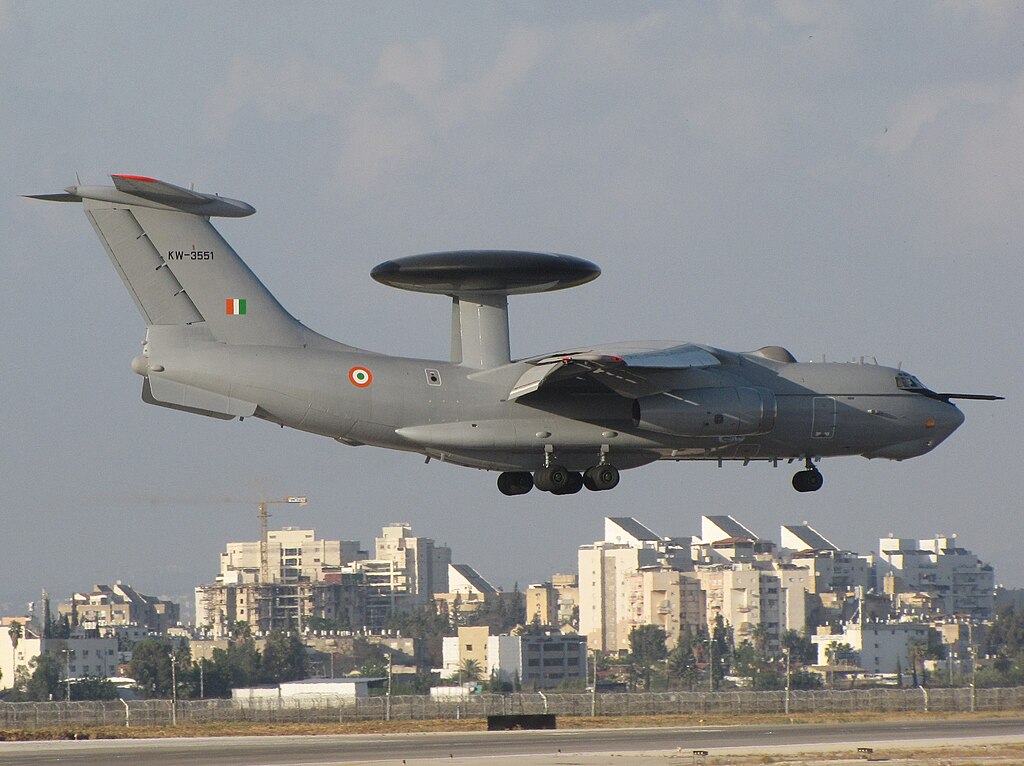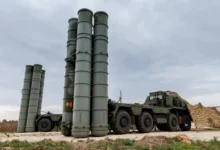Indian Air Force to Buy 12 Early Warning Aircraft to Address Shortage, DAC Approval Likely

- The need for more AEW&C systems became acute during the aerial engagement with Pakistan in February 2019, following the Balakot airstrikes.
- The platform must also have an endurance of at least eight hours, an operational altitude of 40,000 feet, air-to-air refueling, and fuel-dumping capabilities.
The Indian Air Force (IAF) is currently short on Airborne Early Warning and Control (AEW&C) aircraft, which are a key force multiplier. They want to buy 12 of these systems through two different programs.
One initiative involves the acquisition of six additional AEW&C systems mounted on Embraer aircraft, similar to the three Netra systems currently in service.
The second program focuses on six new AEW&C systems being developed by the Defence Research and Development Organisation (DRDO) and will be mounted on Airbus A-321 aircraft.
Air Chief Marshal Amar Preet Singh expects the Defence Acquisition Council to approve it soon. The six additional Embraer-based AEW&C will be designated Mk1A, with minor equipment upgrades.
“The plan is to purchase the aircraft from Embraer and have it modified by DRDO, with the Centre for Airborne Systems (CABS) doing the modifications. “It is a proven design with minimal risk and maximum output,” he stated.
Concerning the second program, the Air Chief stated that the Airbus-based AEW&C Mk2 is in the contract negotiation stage, with Airbus responsible for aircraft modifications and DRDO for equipment development.
Six Airbus A-321 aircraft were previously transferred from Air India to the IAF and are awaiting modification once the contract is finalized. However, the complexity of the required changes has caused delays in both negotiations and the project.
In addition to these systems, the IAF has three Israeli Phalcon AWACS that offer 360-degree coverage. In contrast, Netra’s AEW&C systems provide 240-degree coverage.
The need for more AEW&C systems became acute during the aerial engagement with Pakistan in February 2019, following the Balakot airstrikes. A long-pending proposal to acquire two more Israeli Phalcons has yet to be realized.
In July, the IAF released a ‘Request for Information’ (RFI) for six new AEW&C systems. These systems must have a 4D AESA radar with 360-degree coverage and a minimum range of 400 km.
They must be able to detect airborne targets at altitudes ranging from 30 meters to 20 kilometers. The platform must also have an endurance of at least eight hours, an operational altitude of 40,000 feet, air-to-air refueling, and fuel-dumping capabilities.







Facebook Comments